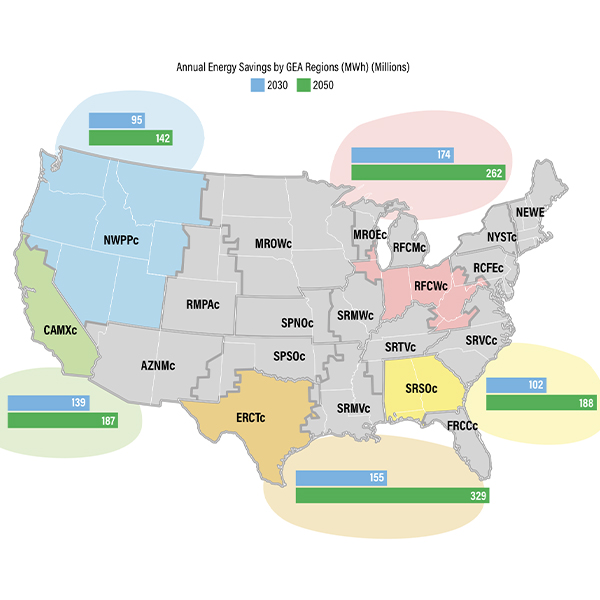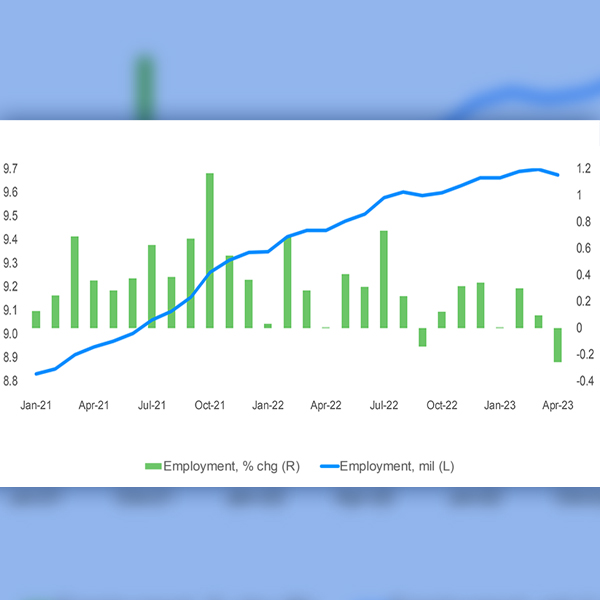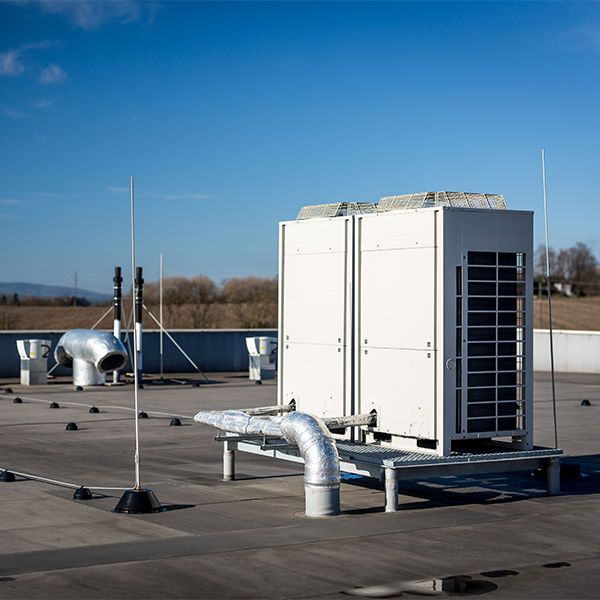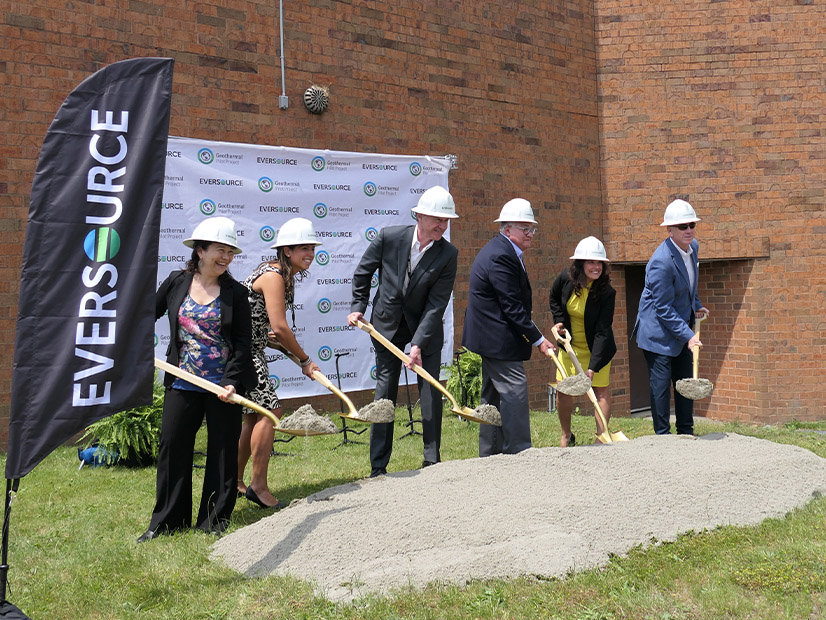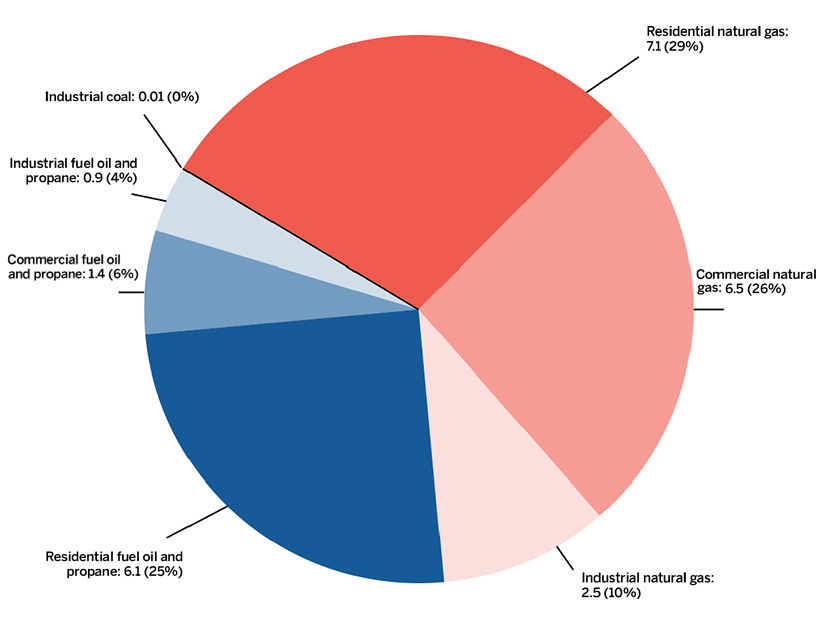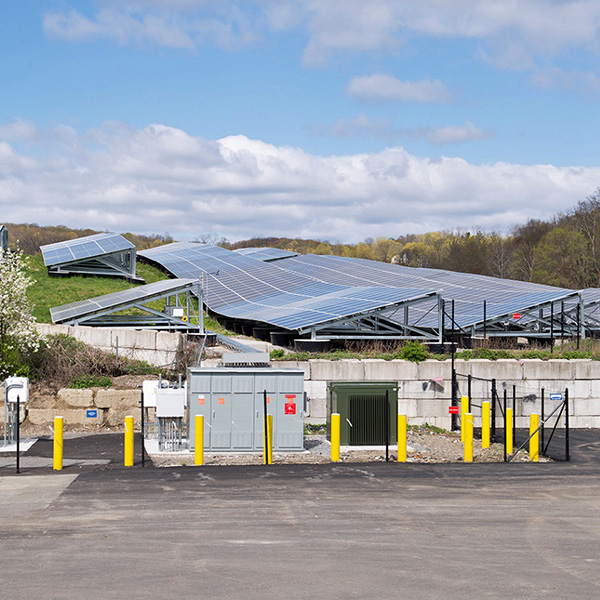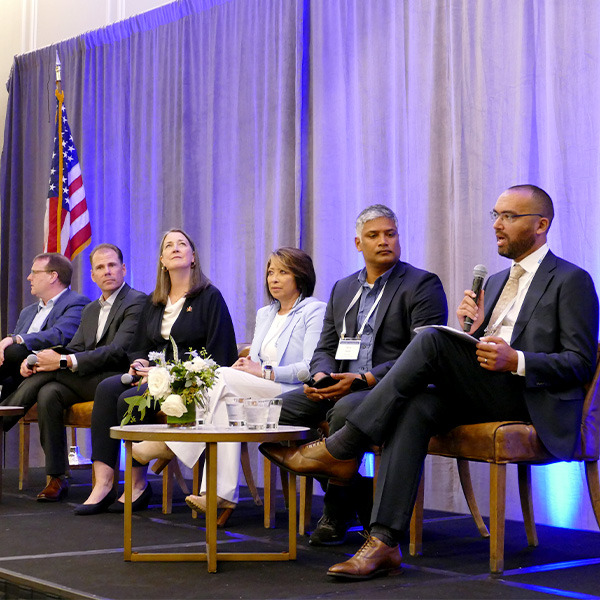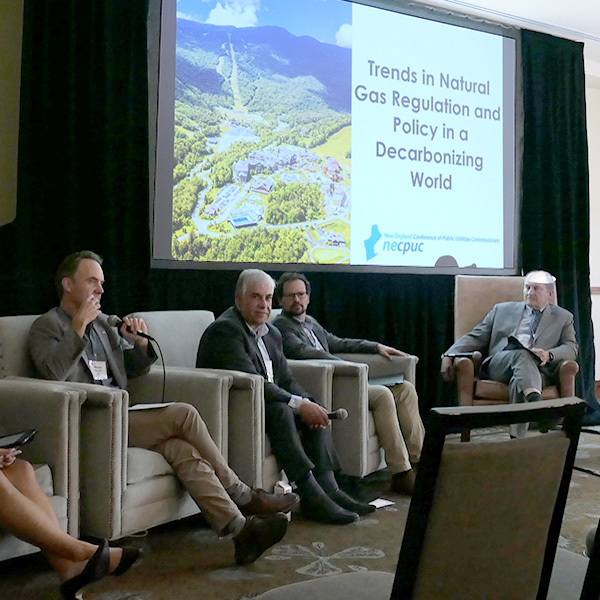Building Decarbonization
ACEEE released a report arguing that efficiency would have major benefits in deep decarbonization scenarios by avoiding the need for balancing resources and minimizing costs to vulnerable consumers.
New York faces a long list of challenges, including climate change and uncertainty in energy prices, according to Moody’s Analytics.
The New Jersey Board of Public Utilities has released a $50 million-a-year, three-year plan to cut building carbon emissions by prioritizing a shift from delivered fossil fuels to electric heat pumps.
At the Innovative Housing Showcase on the National Mall, many groups touted housing and energy efficiency solutions.
Eversource broke ground on the first utility-led networked geothermal demonstration, which should save energy and is being studied for future projects.
The city of Berkeley asked the 9th Circuit Court of Appeals for an en banc rehearing of a decision to overturn its nation-leading ban on natural gas hookups.
Massachusetts energy providers, consumers and climate advocates presented contrasting visions of what solutions should be included in a clean heat standard.
The NY Green Bank said its financial commitments have passed the $2 billion mark and are likely to accelerate with the influx of new federal funding.
Western regulators heard from a power panel of CEOs on maintaining grid reliability in the face of fires, storms, extreme heat and supply chain disruptions.
Panelists at NECPUC's 75th Symposium debated how fast natural gas infrastructure should be phased out to meet New England's decarbonization goals.
Want more? Advanced Search
